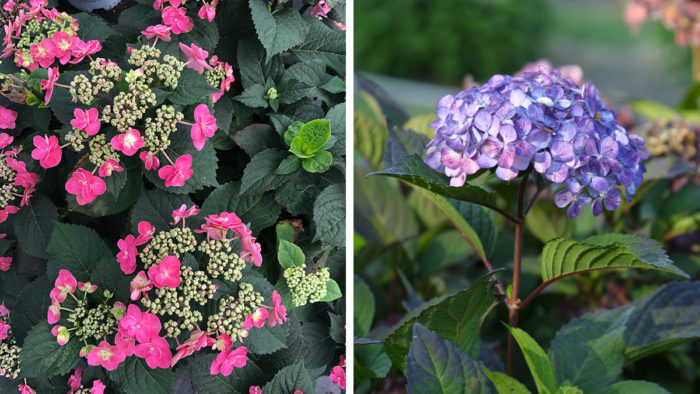
Japanese mountain hydrangea (Hydrangea serrata cvs., Zones 6–9) is worth a try in your garden, particularly if you feel that you have been disappointed by bigleaf hydrangeas (H. macrophylla cvs., Zones 4–9) in the past. Bigleaf hydrangea is the most commonly grown hydrangea in the United States. Without a doubt, most of their spectacular displays bloom in coastal areas of the Pacific Northwest or seaside in the Northeast, in Zones 6–9. Many have difficulty growing bigleaf hydrangea in the Southeast. Particularly in the north and central areas of the region, we have problems getting consistent bloom year after year. At my house in Knoxville, Tennessee, I have only had what I would consider a decent bloom four out of the last 10 years. This is not true for all gardeners, and I have witnessed great blooms in places like Athens, Georgia, over the years.
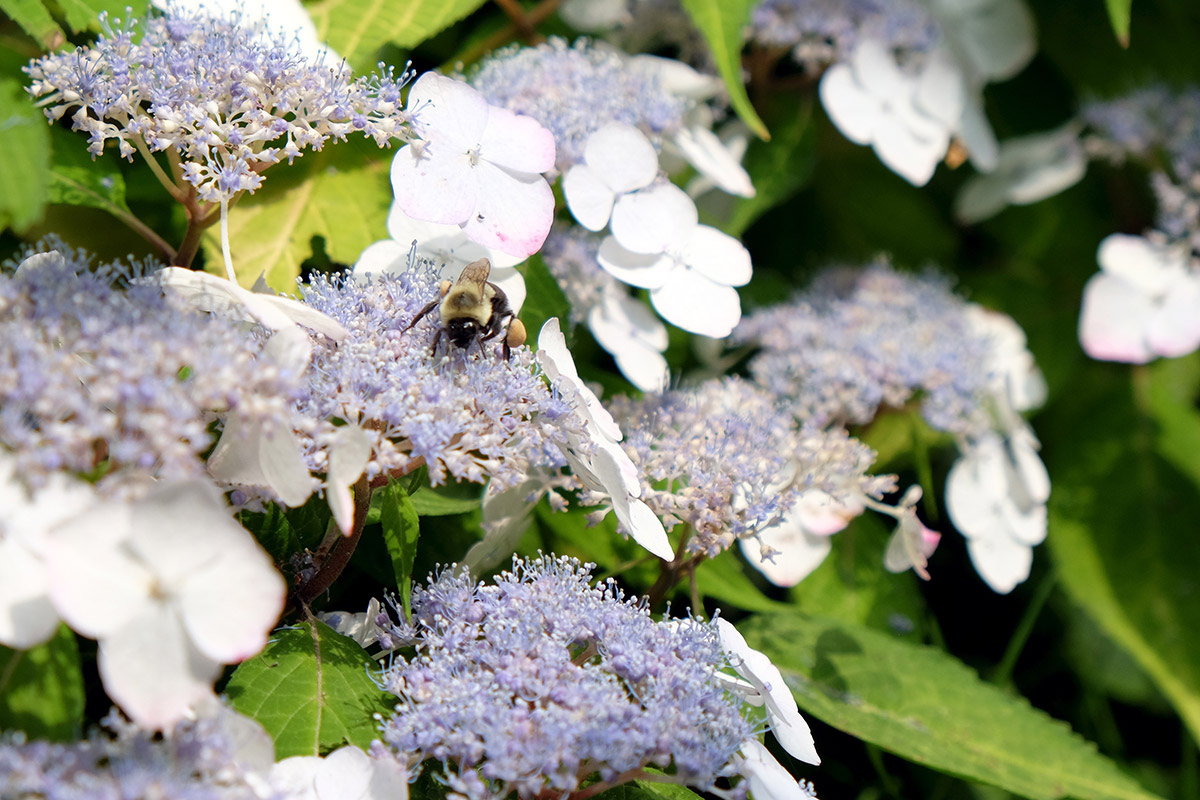
The advantages of mountain hydrangea
If you have problems with consistent blooms on your bigleaf hydrangea, consider mountain hydrangea. This species can withstand more heat and is far more consistent in bloom for areas of the Southeast. Additionally, it is often more compact. Most mountain hydrangea cultivars are lacecaps. This means they have clusters of small fertile florets in the center of the inflorescence, and showy nonfertile bracts in a halo on the outside edge of the flower. This is an advantage for those wishing to attract pollinators to their garden. The conspicuous, fertile flowers are often covered with a variety of bees and wasps busily moving from flower to flower.
When planted in the right location, very little pruning if any is necessary for this plant. I normally do the bare minimum of snipping off shabby spent blooms right after flowering. Mountain hydrangea blooms on old wood, or last season’s growth. Gardeners in the Southeast should put a moratorium on any pruning before June comes to an end.
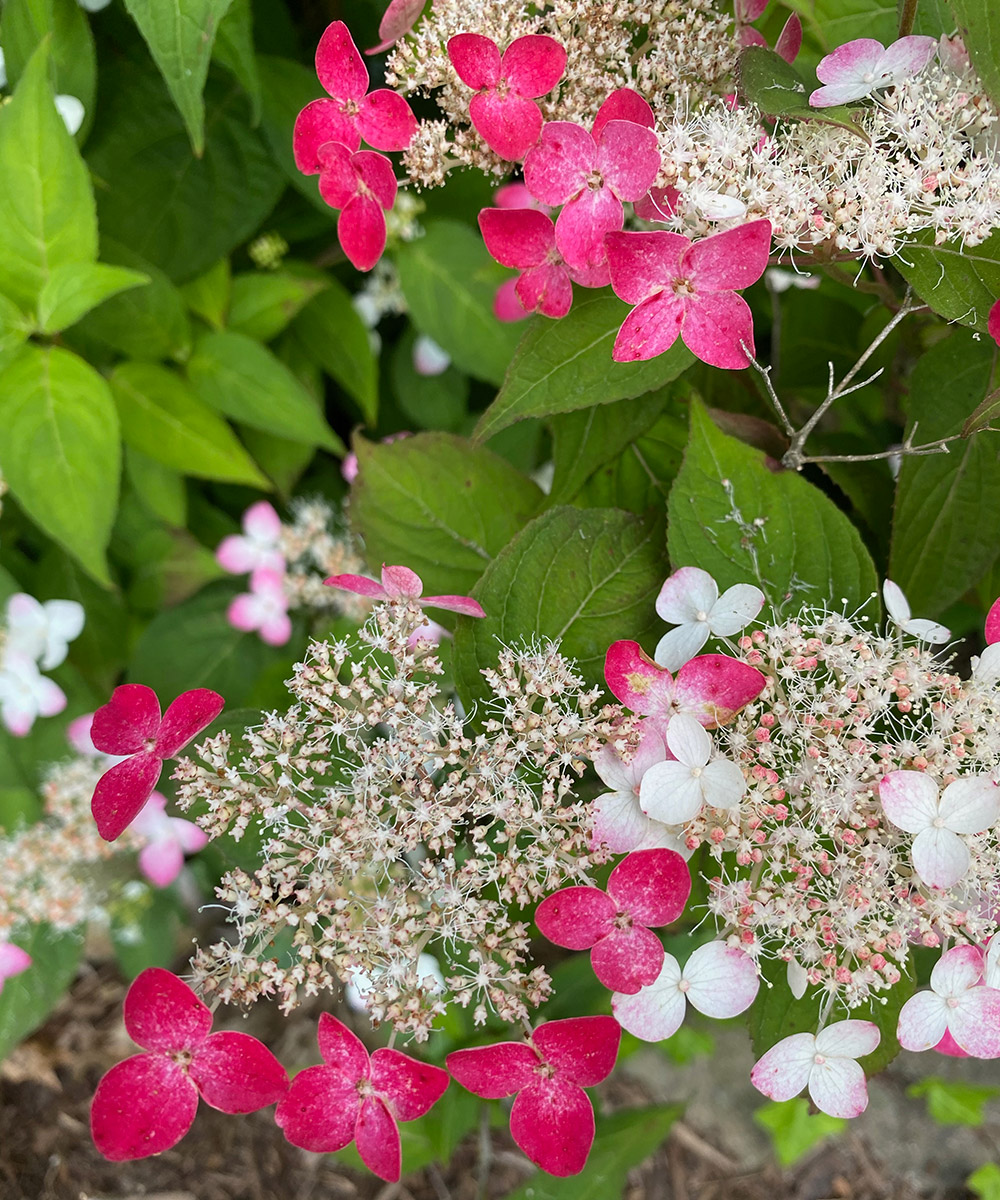
A few stellar cultivars
‘Beni-Gaku’ is the first cultivar of mountain hydrangea that I became acquainted with in my garden. It has stayed around 3 feet tall and 3 feet wide and has been a reliable bloomer for many years. Bloom heads tend to be 3 to 6 inches across and start at a very light pink color, later antiquing to nearly rose red. This cultivar continues to shine in the fall as stems and leaves deepen their color to variable shades of deep red and burgundy.
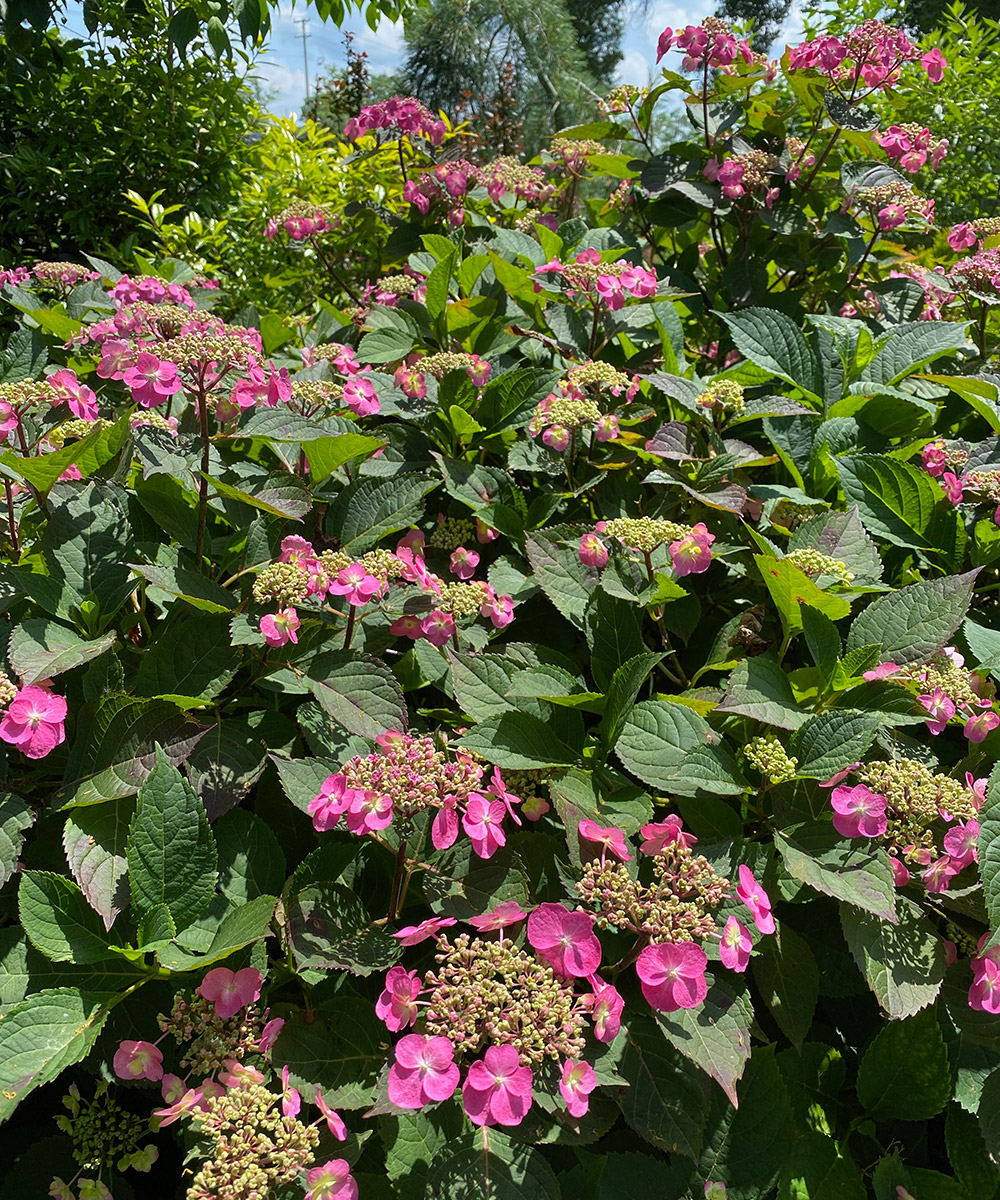
In the trial work at the State Botanical Garden of Tennessee in Knoxville, we have been impressed with several of the new reblooming or remontant varieties of mountain hydrangea that have recently become available to gardeners. We have been particularly impressed by the series called Tuff Stuff™ from Proven Winners and the breeding program of Tim Wood. Cultivars you may see in the garden center include Tuff Stuff™ (‘MAK20’), Tuff Stuff Ah-Ha® (‘SMNHSDD’), Tuff Stuff™ Red (‘SMNMAKTSR’), and Tiny Tuff Stuff™ (‘MAKD’), all of which have done well in our Tennessee garden. Each of these cultivars has proved to be a better bloomer than the straight species and is relatively compact.

Siting your mountain hydrangea
I suggest looking for a place that gets either consistent light shade or morning sun and early afternoon shade. If a mountain hydrangea is placed in too much sun, blooms can fade early, and plants may need more supplemental watering. Do your best to plant in areas with relatively good air circulation to prevent powdery mildew on leaves during the growing season. Loose, well-drained soil is preferable, and overly soggy soil should be avoided.
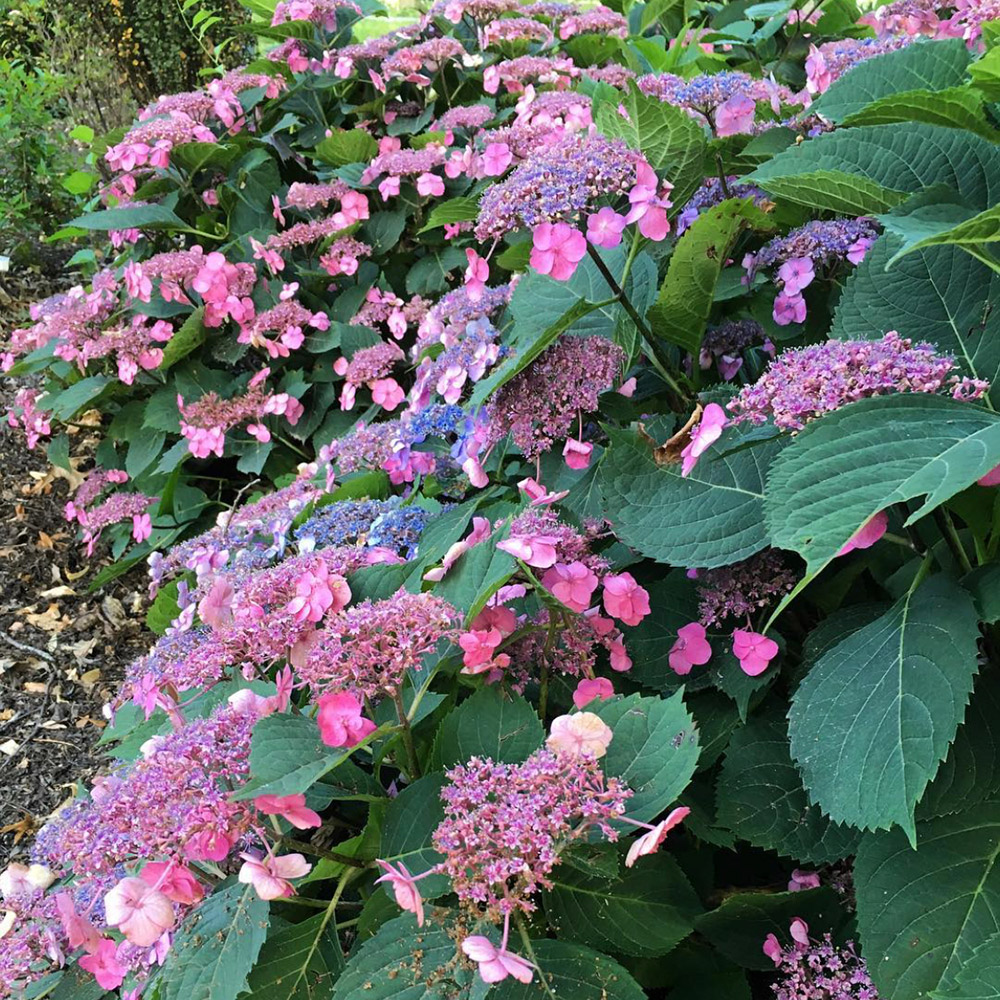
Time for something new
Hydrangeas in general are a favorite for gardeners across the Southeast. Many keen gardeners have grown mountain hydrangea for years. However, it’s still not a common plant for most home gardeners. Spring and fall are both great times to plant this hydrangea. If you are not familiar with this underused plant, perhaps now is the perfect time to add one to your garden. If you’d like to see more about mountain hydrangeas, see our plant guide entry here, and get more ideas on the best mountain hydrangea cultivars here.
—Andy Pulte is a faculty member in the plant sciences department at the University of Tennessee.


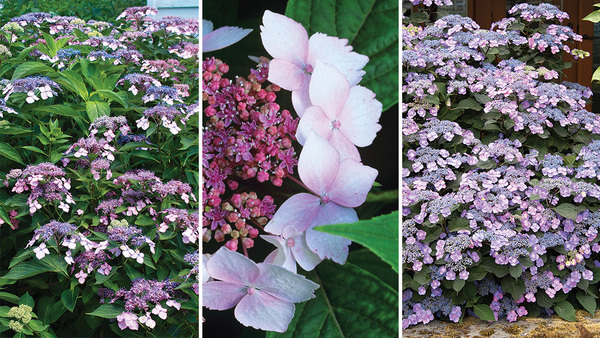


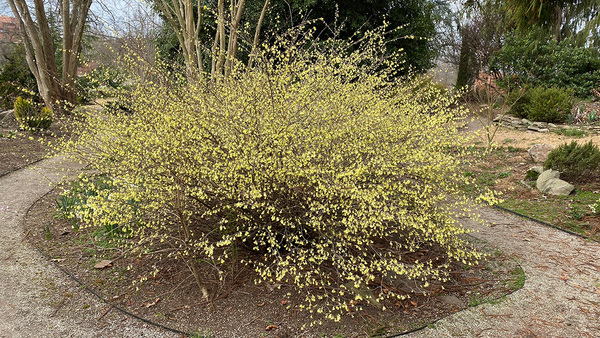












Comments
Log in or create an account to post a comment.
Sign up Log in